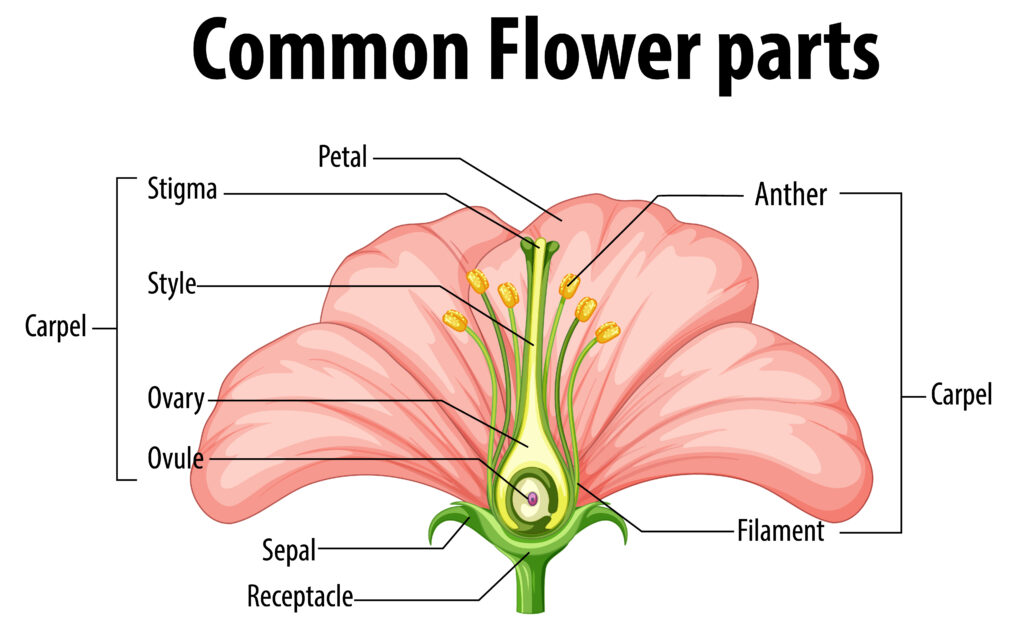Biology Explorer: Reflex Arc
Explore the fascinating world of reflex arcs and the knee-jerk reflex. Develop your understanding of neural pathways and involuntary responses through interactive challenges.
Help & Instructions
▼- Reflex Arc Components: Identify the components of the reflex arc in the correct order
- Neural Pathway: Trace the pathway of nerve impulses during a reflex action
- Use the hint button if you need help with a puzzle
- Try different difficulty levels to challenge yourself
- Identify the components of a reflex arc
- Understand the pathway of nerve impulses in a reflex action
- Differentiate between sensory and motor neurons
- Explain the importance of reflex actions for survival
Reflex Arc Components
Arrange the components of the reflex arc in the correct order.
Neural Pathway: Trace the Impulse
Identify the correct sequence of structures in the reflex pathway.
A reflex arc is a neural pathway that controls a reflex action. In vertebrates, most sensory neurons do not pass directly into the brain, but synapse in the spinal cord. This allows reflex actions to occur relatively quickly by activating spinal motor neurons without the delay of routing signals through the brain.
The Biology of Reflex Actions
Reflex actions are automatic, rapid responses to specific stimuli:
- Receptor: Detects the stimulus (e.g., stretch receptors in the patellar tendon)
- Sensory neuron: Carries impulse to the spinal cord
- Integration center: Processes the information (in spinal cord)
- Motor neuron: Carries response impulse to the effector
- Effector: Produces the response (e.g., quadriceps muscle contraction)
The patellar reflex (knee-jerk) is a monosynaptic reflex:
- Tapping the patellar tendon stretches the quadriceps muscle
- Stretch receptors send impulses via sensory neurons to the spinal cord
- Sensory neurons directly synapse with motor neurons in the spinal cord
- Motor neurons cause contraction of the quadriceps muscle
- This results in the leg kicking forward
Testing reflexes like the knee-jerk reflex helps physicians assess the condition of the nervous system. Abnormal reflexes may indicate neurological disorders or spinal cord injuries. The reflex is used to test the L2-L4 level of the spinal cord.


